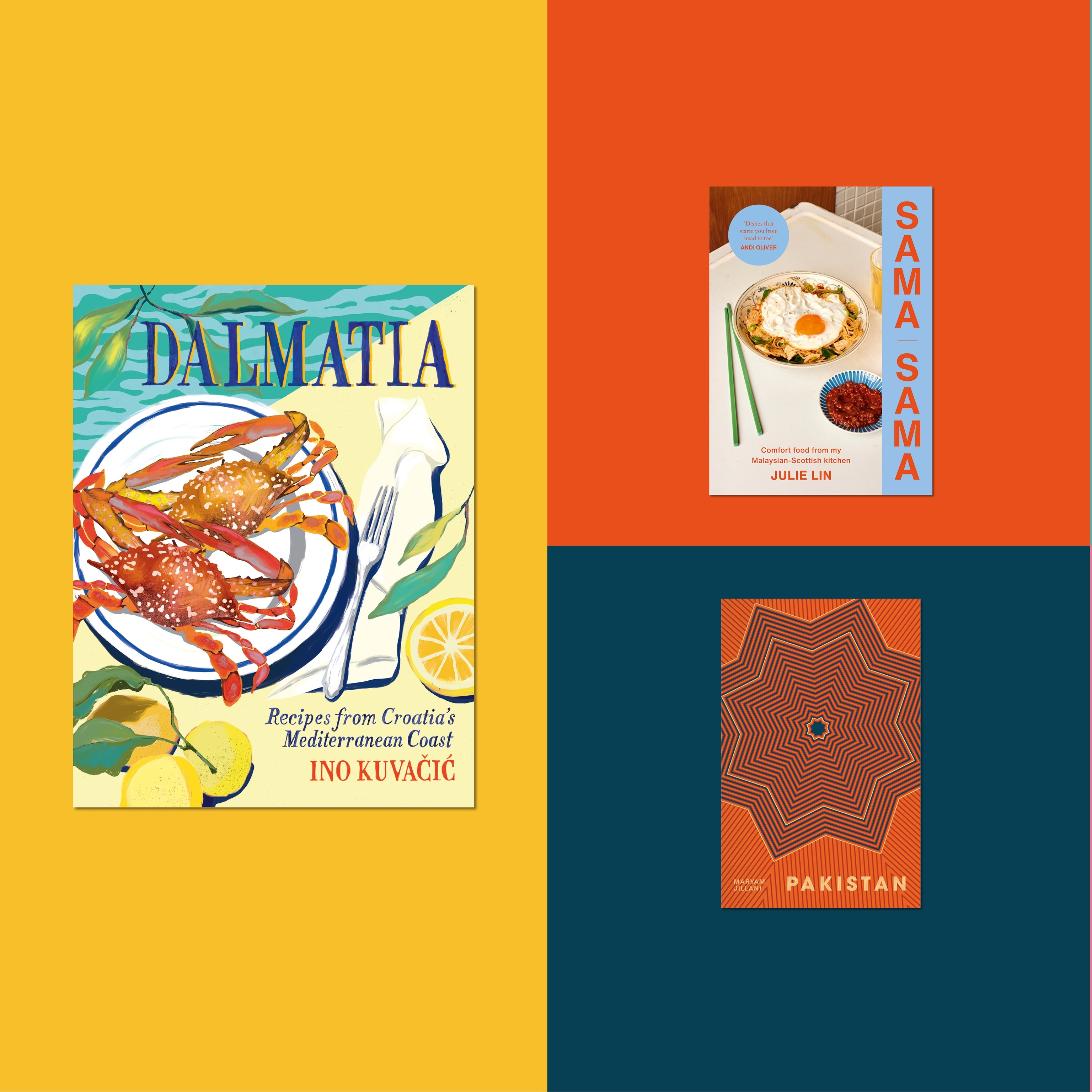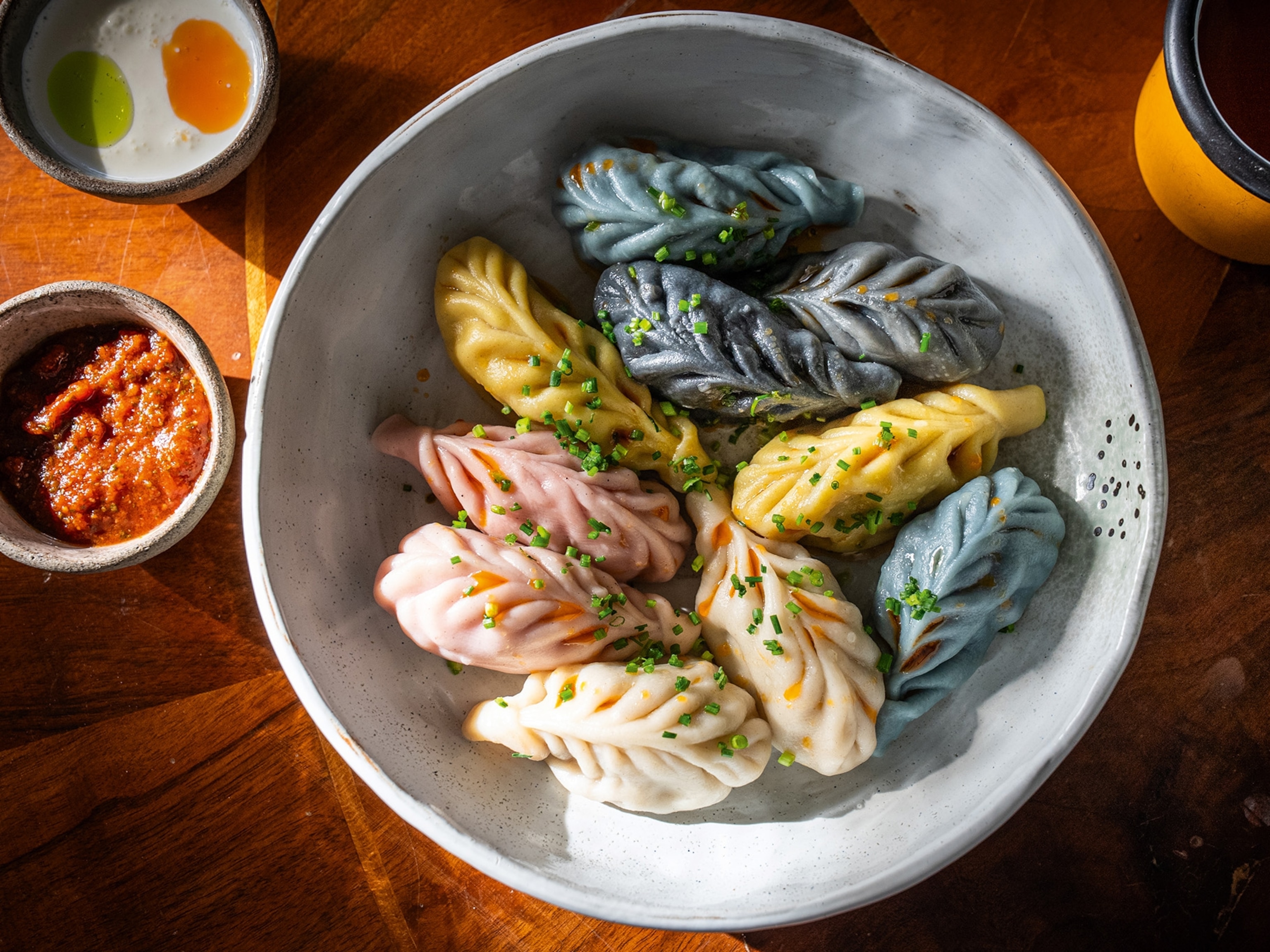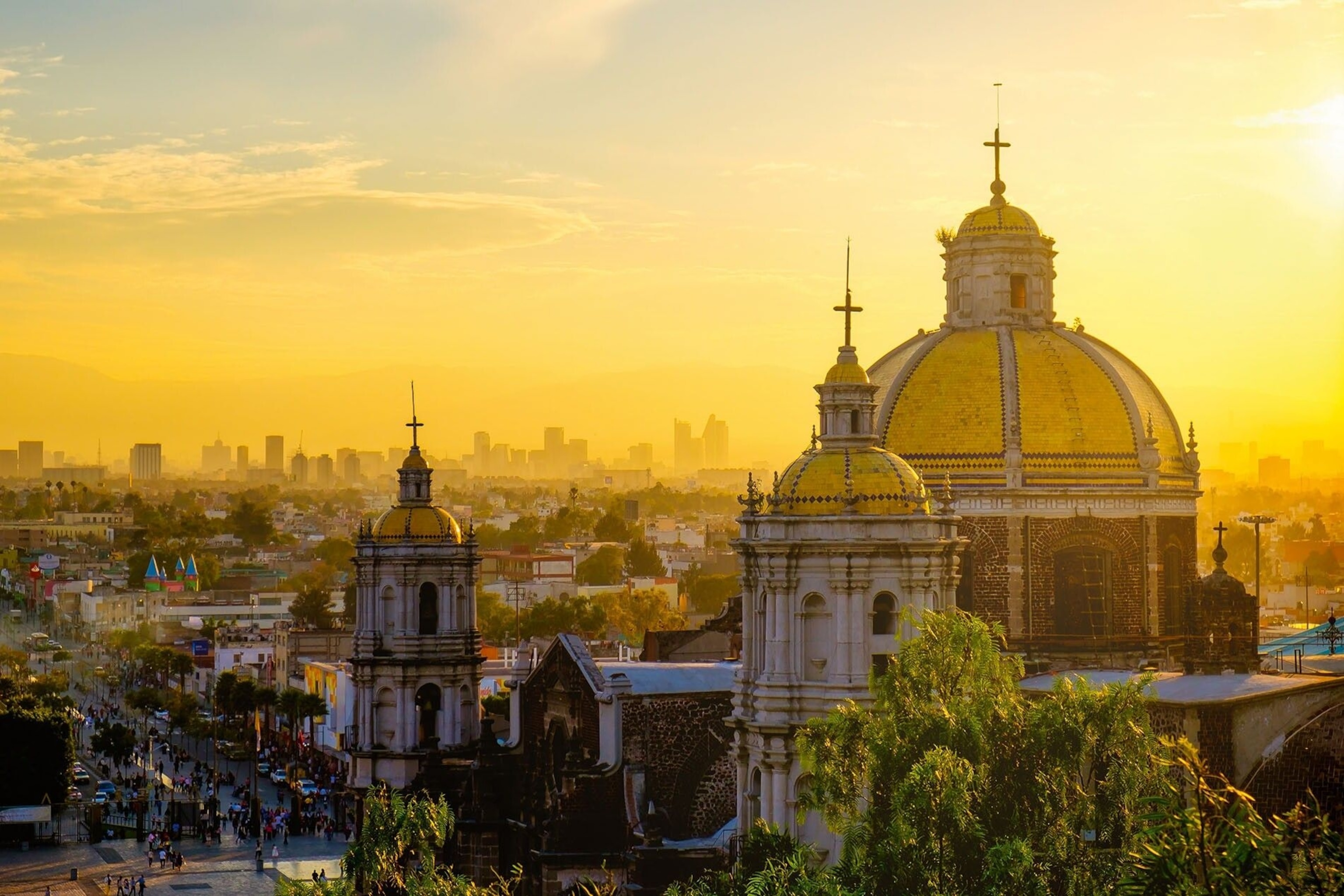
A culinary guide to Mexico City
From casual cantinas to smart seafood restaurants, the Mexican capital is full of flavour, with a culinary heritage that draws on influences including Aztec, Spanish and Lebanese.
One of Latin America’s great culinary capitals, Mexico City can trace its food origins back to the ancient culture that once flourished here. In 1325, when the Aztecs first settled on islands in Lake Texcoco, in the highlands of Central Mexico, their diet was mainly plant-based, centred around frijoles (beans) and maíz (corn). The latter was so important it played a central role in the Aztec creation myth. Many other indigenous ingredients, including chia seeds and huaútli (amaranth), were banned after the Spanish arrived in the 1500s, because of their use in religious ceremonies, but were later revived, and can now still be seen on menus throughout the city, from upscale restaurants to fondas (small, family-run places). Yet, the Aztecs are far from the only people to have had an impact on Mexican cuisine.
Today, cooking in the capital and beyond still involves plenty of corn, but it also encompasses an array of outside influences too. The Spanish brought with them eating habits such as consuming meat and dairy, while Lebanese settlers, who first arrived in the country en masse in the late 1800s, can be credited with introducing shawarma-style meat spits, which continue to be used across the city to cook juicy pork for al pastor tacos.
Elsewhere, you’ll find chefs combining classic Japanese cooking methods with Mexican ingredients, particularly in the Cuauhtémoc neighbourhood, where wine bar Le Tachinomi Desu serves a variety of small plates and natural wines from both countries. Nearby Café del Fuego, meanwhile, is inspired by Japanese kissatens (tearooms). Over in the neighbouring borough of Colonia Juárez, Masala y Maiz combines the flavours of South Asia, East Africa and Mexico to create dishes like fried chicken with cardamom-spiced sweet potato puree and corn esquites, drenched in fresh coconut milk, ginger and turmeric and topped with cotija cheese.
The city’s traditional food culture is most visible in Centro Histórico, the cobbled downtown area where you’ll find the best taquerias and the most-historic cantinas, plus all-day watering holes where locals congregate for hours to play games or read newspapers over chilled, bottled beers. Then there’s Colonia Roma, where promising young chefs such as Rodney Cusic and Mercedes Bernal are opening experimental fine dining establishments that both elevate classic Mexican cuisine and pay homage to the nation’s indigenous roots.
Although the pandemic has hit Mexico City’s dining scene hard, it’s also inspired many leading chefs and restaurateurs to innovate. Recent Covid-friendly options have included gourmet food packages sold from takeaway hatches, as well as open-air dining events, such as pop-up meals in the forests outside the city. The past year or so has been a challenge, but the Mexican capital won’t just survive — it’s bound to thrive.
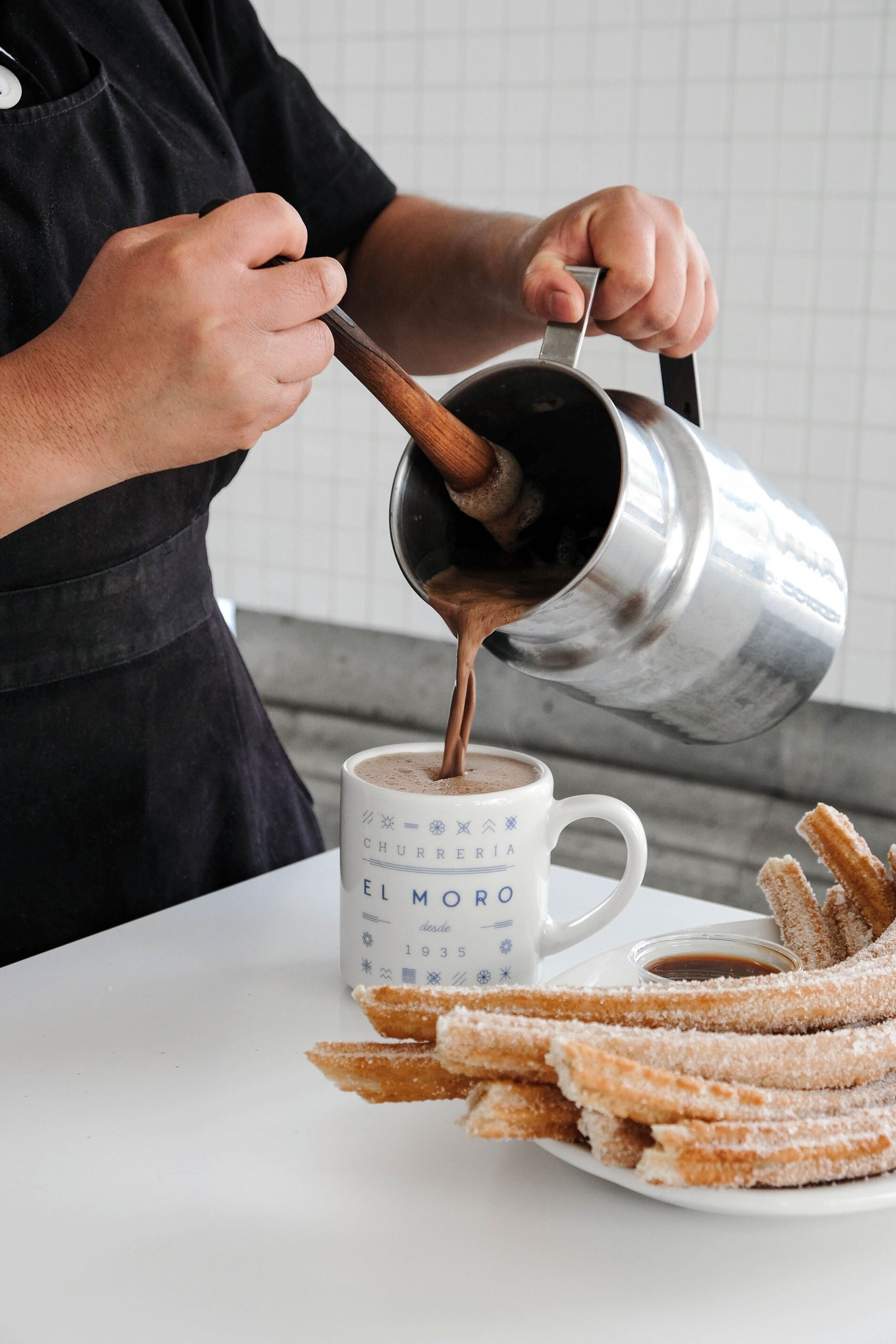
A day in Centro Histórico
Built on the site of the former Aztec capital, Centro Histórico is where Mexico’s ancient ruins and Spanish colonial facades collide. It’s easy to admire the area simply for the architecture, but there’s more to it than its looks, with cantinas, fine dining establishments and museums to explore. Start the day at El Cardenal, a restaurant that’s been dishing out classic Mexican breakfasts since 1969. Whether you order enchiladas smothered in green salsa, or an egg omelette stuffed with escamoles (ant larvae) or huauzontle (a herb), save room for the signature pastry: a seashell-shaped sweet bread called a concha, stuffed with clotted cream.
Next, take in the historic sights. Marvel at Palacio de Bellas Artes, a concert hall and cultural centre decorated with murals by Mexican artists including Diego Rivera and David Alfaro Siqueiros, and Palacio de Correos de México, a baroque post office opened in 1907, before heading to leafy Alameda Central, the oldest public park in the Americas, where locals gather on benches shaded by flowering jacarandas to read and listen to local musicians.
Take a late lunch at Itacate del Mar, the rooftop restaurant at boutique hotel Círculo Mexicano. Helmed by chef Gabriela Cámara, of revered seafood establishment Contramar, this place offers elevated street food such as soupy corn esquites with shrimp and habanero mayonnaise, and fried calamari tostadas topped with shitake mushrooms. Afterwards, head to the rooftop for cocktails and views of Centro Histórico’s most prominent sights, from ornate Metropolitan Cathedral, which dates from 1573, to the ruins of Templo Mayor, once the main temple and ceremonial site of Tenochitlan, the capital of the Aztec Empire. Finish with a stop at the original branch of Churrería El Moro, the legendary home (now a chain with 11 locations) of Mexico City’s most delicious churros. The fried dough sticks are coated with cinnamon sugar and served with a choice of dips: chocolate, caramel or condensed milk.

A day in Colonia Roma
You can’t come to Mexico City without visiting hip Colonia Roma, south west of Centro Histórico. Dating back to the late 19th century, the district is host to art nouveau and neoclassical mansions and is the hub of the city’s contemporary culinary scene.
Start at Forte Bread & Coffee, an indoor-outdoor bakery serving coffee grown in the jungles of Chiapas, a state in south east Mexico, and the forests outside of the city of Puebla, around 60 miles from Mexico City. Espresso is served on ice and mixed with tascalate, a clay-coloured prehispanic drink that combines axiote seeds, roasted corn, cacao beans, cinnamon and organic cane sugar. Pair it with a freshly baked cacao- or coffee-flavoured concha (a classic Mexican pastry) and enjoy it in Plaza Luis Cabrera, a lively park where locals flock to walk their dogs around the central fountain.
Continue down Calle Orizaba, an area with numerous boutiques and buildings like Edificio Balmori, an example of the eclectic, French-style architecture that sprang up in Colonia Roma in the early 1900s. It was part of a city expansion plan that also included new green spaces, plazas and wide, tree-lined Parisian style boulevards.
Eventually, you’ll arrive at Meroma, a modern Mexican restaurant owned by husband-and-wife chef duo Rodney Cusic and Mercedes Bernal, regulars on Mexico’s ‘best chef’ lists. On the top-floor terrace, dine on small plates such as fried baby artichokes in a bed of creamy jocoque (a dip akin to Greek yoghurt) or foie gras topped with kumquat marmalade and cacao sourced from the eastern state of Veracruz.
Continue around the corner to Plaza Río de Janeiro, one of the liveliest green spaces in the neighbourhood, which has a bronze replica of the statue of David at its centre. Bask in the afternoon light before stopping at Bottega, a bar serving natural wines from both Mexico and Europe. Round off the evening at Emilia, which has one of the country’s most promising young chefs at the helm. Here, Lucho Martínez prepares Japanese-style cuisine using Mexican ingredients. Dishes include sashimi of kampachi, a local fish, marinated in fermented passion fruit juice and chia seeds, and aged duck with a yuzu kosho sauce with habanero chillies.
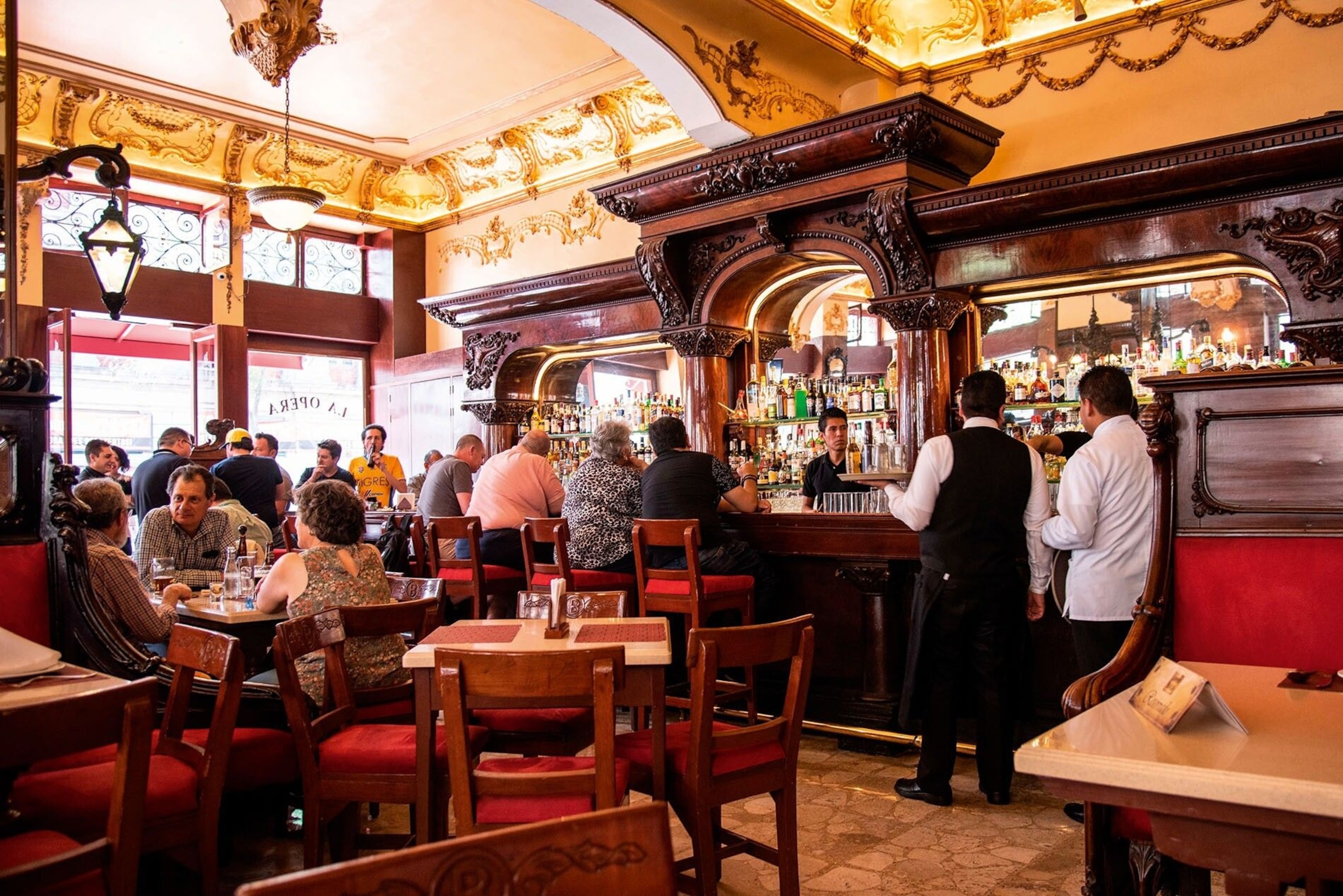
Spotlight on... cantinas
Although its origins can be traced back to the train station bars of Spain, there’s nothing more quintessentially Mexican than the cantina. These all-day bar- and cafe-style hangouts attract diners of all ages and are beloved by the masses for their old-school botanas (bar snacks) and generous measures of beer and various agave-based spirits.
Most locals will have a favourite neighbourhood establishment, as well as those they wouldn’t think twice about schlepping across town to visit. The most-storied cantinas can be found in Centro Histórico, where these bars first sprang up. They include El Gallo de Oro, which has been going since 1874, and Bar La Ópera, famed as the place where Mexican revolutionary leader Pancho Villa fired his gun (you can still see the bullet hole in the wood ceiling).
Nearby is Salón Tenampa, beloved for its proximity to Plaza Garibaldi, where mariachi bands play until the early hours. Further afield, in Doctores, is Spanish-style El Sella, known for its chorizo in cider. Meanwhile, at Covadonga, in Colonia Roma, locals can often be spotted enjoying bread smothered in manchego cheese while playing dominoes.
The popularity of the cantina shows no sign of waning, either, as contemporary versions are opening all over the city, including La Riviera del Sur, in Colonia Roma, known for its Yucatecan tacos, from cochinita pibil (pork shoulder) to lechón (pork belly).
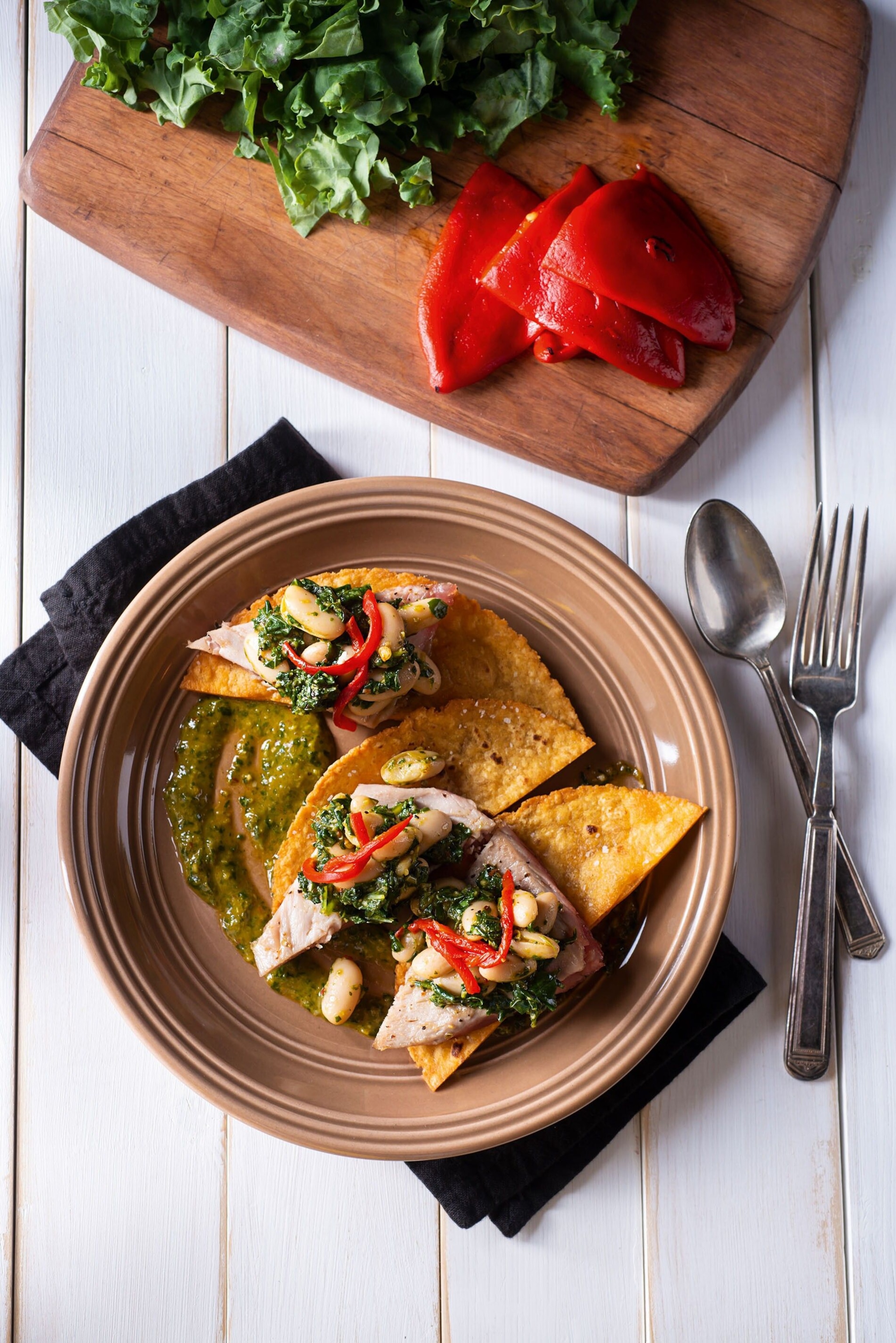
Three of the best taquerías
1. Pollo Bruto
At this electric-yellow taco bar in Roma Sur, chef Emiliano Padilla serves flour tortillas with rotisserie chicken prepared in one of three adobos (wet rubs), from citrus-based to one so spicy it’s called ‘diablo’. Don’t miss the pirata, a taco stuffed with chicken marinated in a charred, Yucatecan-style adobo, with a fried cheese crust.
2. Tacos Cocuyos
Queues snake around the corner at this late-night Centro Histórico mainstay, a legendary taquería known for staying open long after the bars and clubs close. Come for the city’s best suadero (brisket) and longaniza (sausage) tacos, which are best enjoyed with heaps of red chipotle salsa and habanero guacamole.
3. El Vilsito
At sundown, this mechanic’s shop in Narvarte turns into one of the city’s top taquerias for al pastor, the taco style synonymous with Mexico City that was first brought to the country by Lebanese immigrants. Wait and watch as the spit master scrapes off juicy cuts of pork, which are then served in a tortilla and topped with pineapple.
Three of the best seafood specialists
1. La Docena
It’s a weekend tradition in Mexico City to enjoy long lunches at seafood restaurants such as upscale La Docena, in Polanco. Helmed by chef Tomás Bermúdez, who led the restaurant to a place on Latin America’s 50 Best Restaurants list in 2019, this oyster-focused establishment offers some of the city’s best seafood plates. These include ceviche-style spicy aguachile tatemado with shrimp, served with a side of crispy corn tostadas.
2. Campo Baja
The picnic-style tables of this restaurant in Roma Norte make for a relaxed atmosphere in which to enjoy tuna tostadas with guacamole and crema, washed down with a michelada (beer with lime juice, served in a salt-rimmed glass). Once you’ve eaten, head to the ground floor, where the party continues in the open-air, French-style petanque arena.
3. Don Vergas
Once one of the most popular market stalls in Mercado de San Juan, Don Vergas transferred to a laid-back, cantina-style bricks-and-mortar spot in Cuauhtémoc. The menu is inspired by dishes from chef Luis Valle’s childhood on the Pacific Coast. Standouts include marlin burritos and callo de hacha — buttery, ceviche-style scallops.
Three of the best markets
1. Mercado de Jamaica
This market is known for having the best selection of flowers in the city, especially during Day of the Dead festivities in October. But it also has the tastiest green chorizo tacos; ask around to find the unmarked stand, which insiders know as Las Más Altas Montañas.
2. La Merced
On the outskirts of Centro Histórico, pick up a takeaway cup of tepache — a fermented pineapple-peel drink akin to kombucha — before hitting the stalls to sample some of the edible insects, from grasshoppers to maguey worms.
3. Central de Abasto
About an hour from the city centre, this is one of the largest markets in the world, where many chefs come to buy their ingredients, from fresh seafood to whole hogs. Explore solo, or try a tour with Dvoured! or Eat Like a Local.
Essentials
Getting there
British Airways flies direct to Mexico City from Heathrow. Lufthansa, Virgin Atlantic and United Airlines offer indirect services from the UK.
Where to stay
Círculo Mexicano has doubles from $3,850 pesos (£134).
How to do it
Modern Adventure has a four-night, chef-led Mexico City group trip from $3,000 (£2,184), excluding flights.
More info: visitmexico.com
Published in the summer 2021 issue of National Geographic Traveller Food
Follow us on social media
Twitter | Facebook | Instagram

